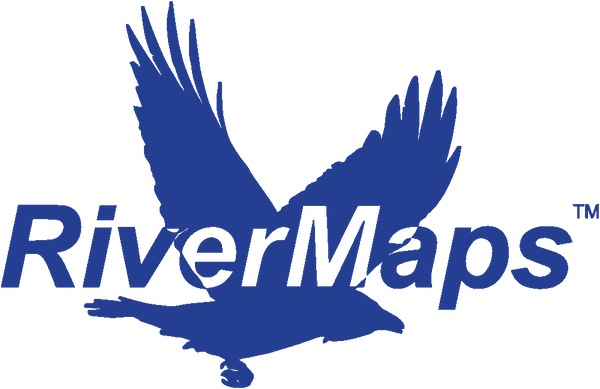Folks increasingly asked us in recent years about whether we planned to have digital versions of our maps. We were also thinking along these lines, but the lack of durable, water-resistant devices with a way to keep them charged kept us from putting any effort into this. Now that we have more durable devices with longer battery lives and solar or external battery chargers, we decided the time was right.
Last year we conducted an informal survey about potential user interest in digital maps, and we received over one hundred responses. Most said they would get the digital maps, but over half said they would also want the hard-copy book, too. Some described specific features that they wanted to see including the ability to add waypoints and notes.
We looked at two approaches to doing this. One was to use the map-viewer app template available through ESRI, the developers of ArcGIS, which we use for our map preparation. We prepared a test version of the app for the Grand Canyon. The app has the benefit of allowing users to tap on a point feature to bring up a text box with a description of that feature. It doesn’t have the ability to display the user’s track or add waypoints or other user data. While the pop-up information is a benefit, it is a bit cumbersome to use compared to flipping through the printed guidebook. Also, we would be responsible for maintaining an app that we didn’t actually develop, and we’re not app developers. Because of that, and since most respondents indicated they would continue to use a printed book, we decided to look at other options.
The other approach was incorporating our maps into an established GPS app. The primary ones are Gaia, Topo+, and Avenza. Of the three, Avenza is the most accommodating for independent map publishers. Avenza maintains a full-featured app that allows users to display tracks, add waypoints with notes, and tag photographs. Preparing the maps as a collection (to use Avenza’s term) allows seamless scrolling between maps as you travel down the river. A small index map in the upper left corner keeps you oriented to the big picture, and you can zoom in or out as necessary. Avenza also handles distribution of the maps, allowing us to focus on what we do best: developing and maintaining maps for whitewater rivers. We ran five rivers during the summer of 2021 and used Avenza for all of those trips. We found it to be a very usable tool, and we think most of you will, too.
